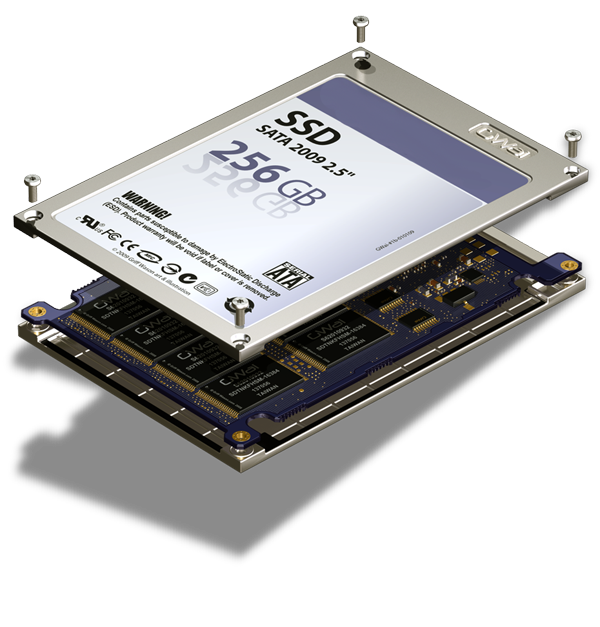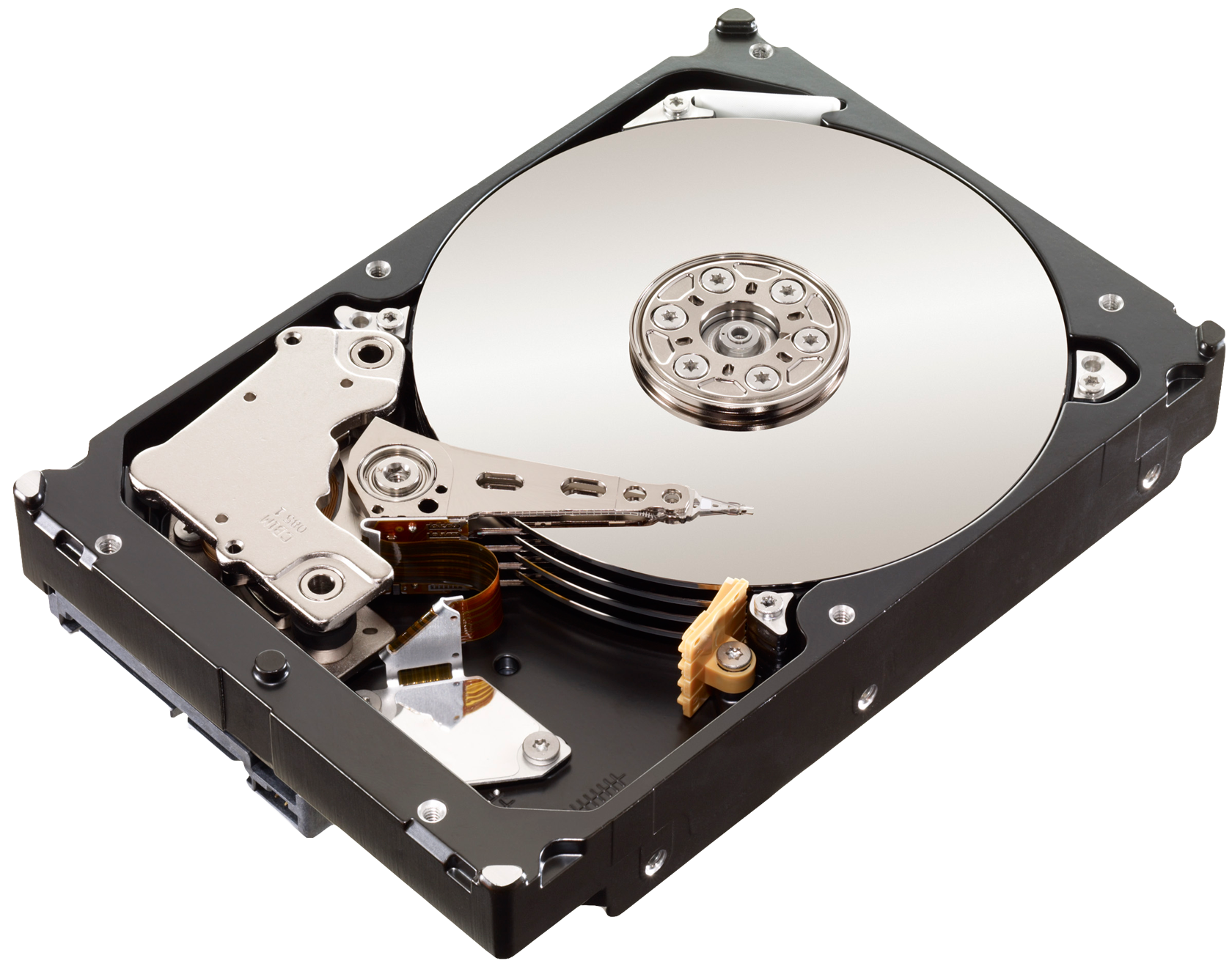Solid State Drives (SSD) Technology
Solid State Drives (SSD) Technology
Discover the revolutionary technology behind Solid State Drives (SSD) and explore the advancements that have made SSDs a game-changer in the world of storage solutions.
Understanding SSD Technology
Solid State Drives (SSDs) have redefined the landscape of data storage with their innovative technology. Unlike traditional Hard Disk Drives (HDDs) that rely on spinning magnetic disks, SSDs use NAND flash memory to store and retrieve data.
NAND Flash Memory: SSDs utilize NAND-based flash memory, a non-volatile storage technology that retains data even when the power is turned off. This allows for faster data access, improved reliability, and durability compared to traditional HDDs.
Advantages of SSDs
-
Speed and Performance: SSDs are known for their exceptional speed and performance. The absence of moving parts allows for almost instantaneous data access, resulting in quicker boot times, faster application loading, and seamless multitasking.
-
Durability: With no mechanical components, SSDs are more durable and shock-resistant than HDDs. This makes them ideal for portable devices and laptops, where physical shocks are more likely to occur.
-
Energy Efficiency: SSDs consume less power than traditional HDDs. This not only improves energy efficiency but also contributes to extended battery life in laptops and other battery-powered devices.
Types of SSDs
-
SATA SSDs: These SSDs connect to the system via a SATA interface, offering a significant performance boost over traditional HDDs. They are a popular choice for upgrading existing systems.
-
PCIe SSDs: PCIe (Peripheral Component Interconnect Express) SSDs connect directly to the motherboard through PCIe slots, providing even faster data transfer rates. They are commonly found in high-performance computing systems.
-
M.2 SSDs: M.2 is a form factor that allows for compact and lightweight SSDs. M.2 SSDs connect directly to the motherboard and are widely used in ultrabooks and compact devices.
Future Trends and Innovations
The evolution of SSD technology continues with ongoing innovations. Advancements include the development of 3D NAND technology, which increases storage density, and the exploration of emerging technologies like QLC (Quad-Level Cell) NAND for higher capacity SSDs.
Conclusion
Solid State Drives (SSDs) have transformed the storage industry with their remarkable speed, durability, and energy efficiency. As technology continues to advance, SSDs will likely play a crucial role in the future of data storage, offering even faster and higher-capacity solutions for various applications.


